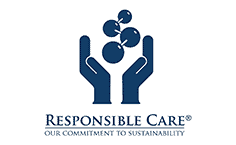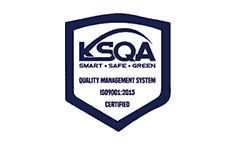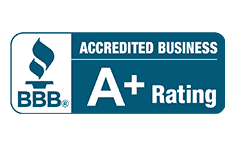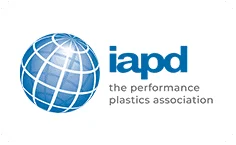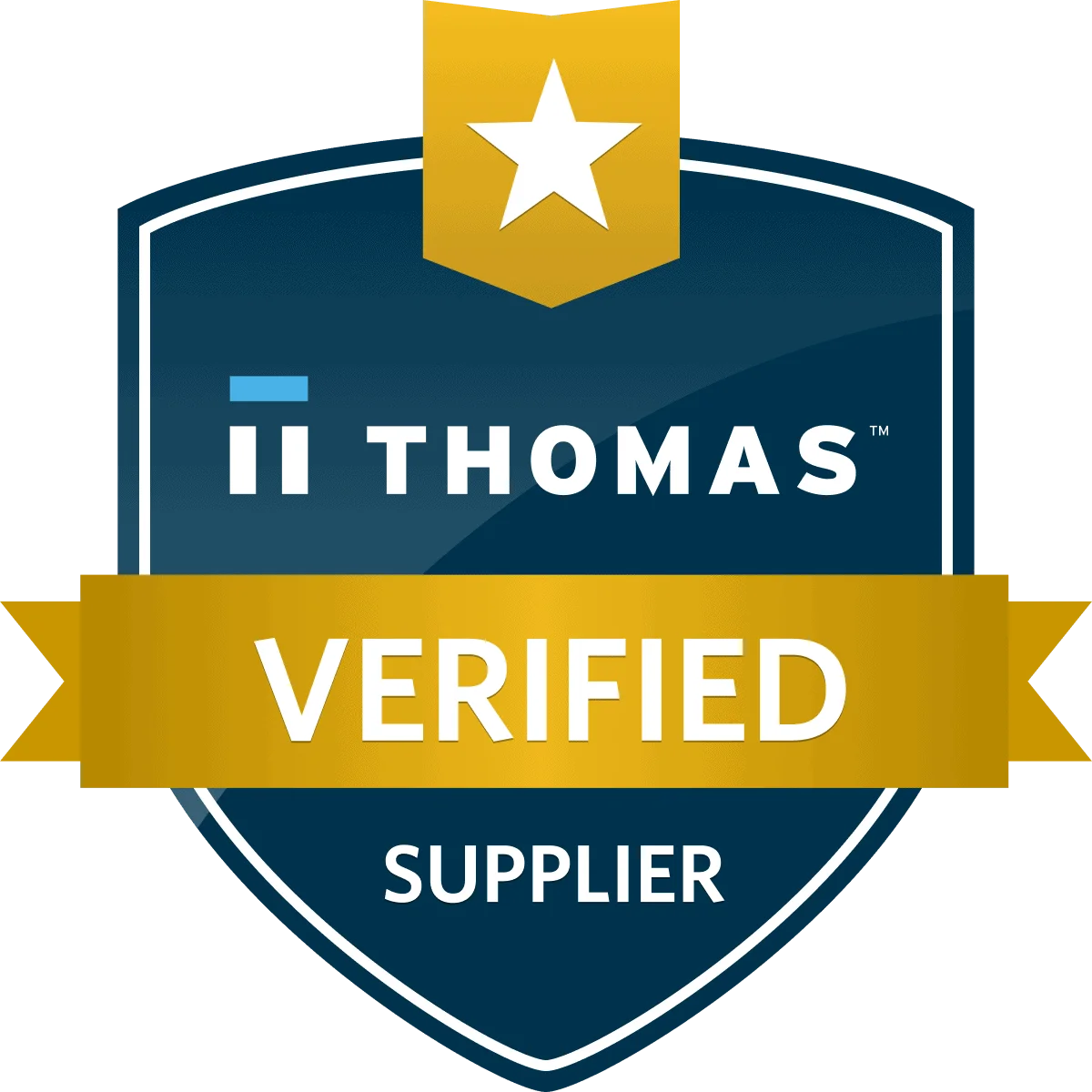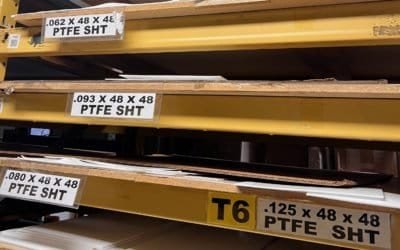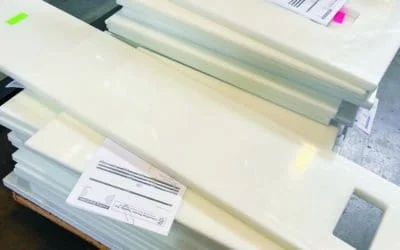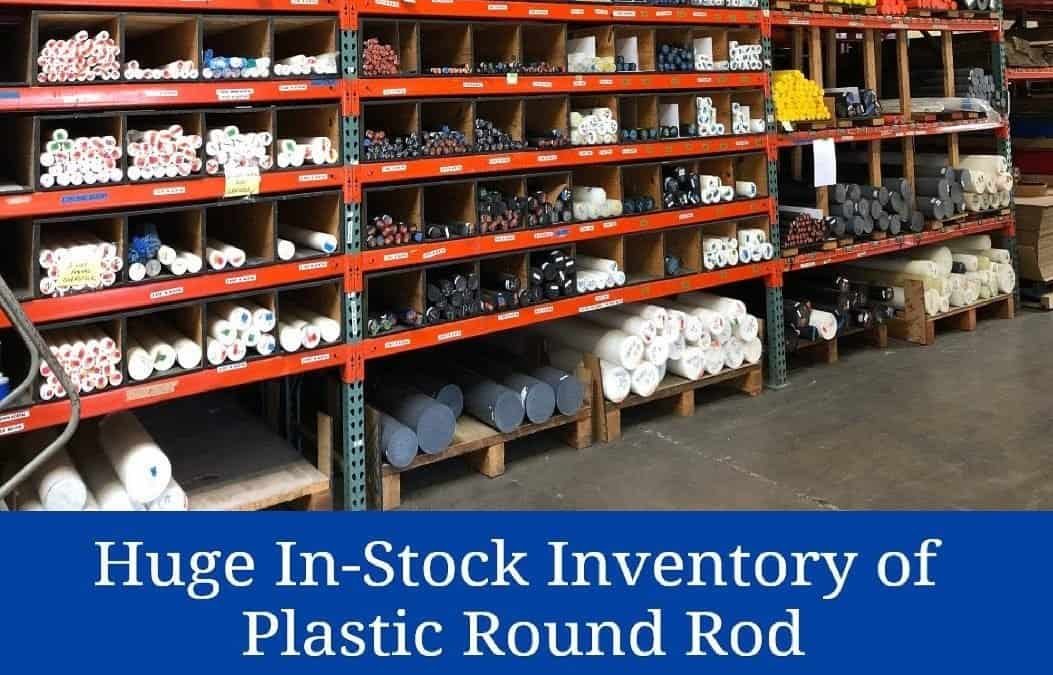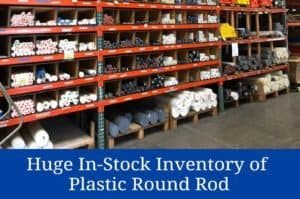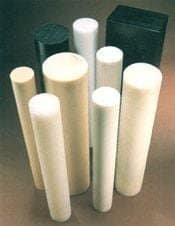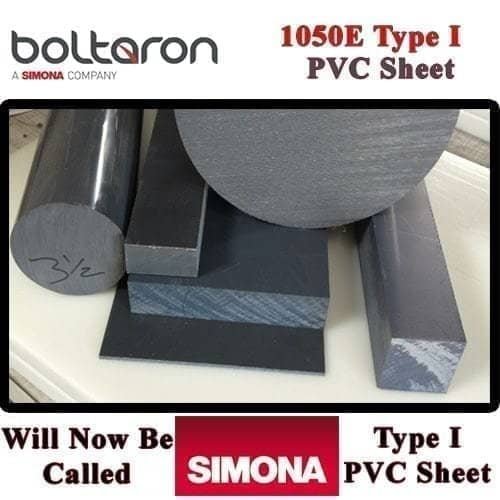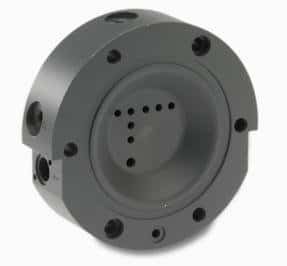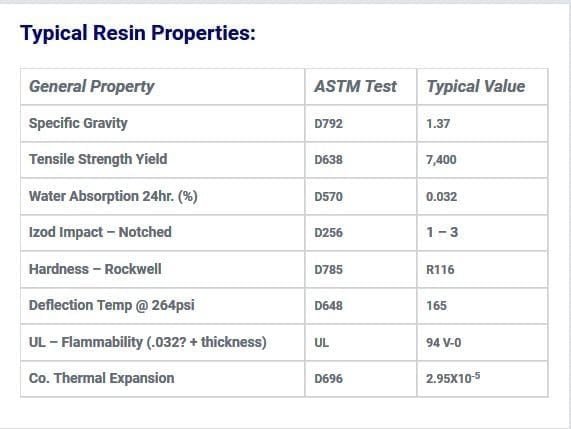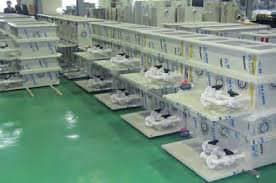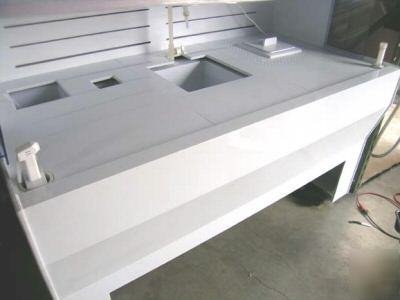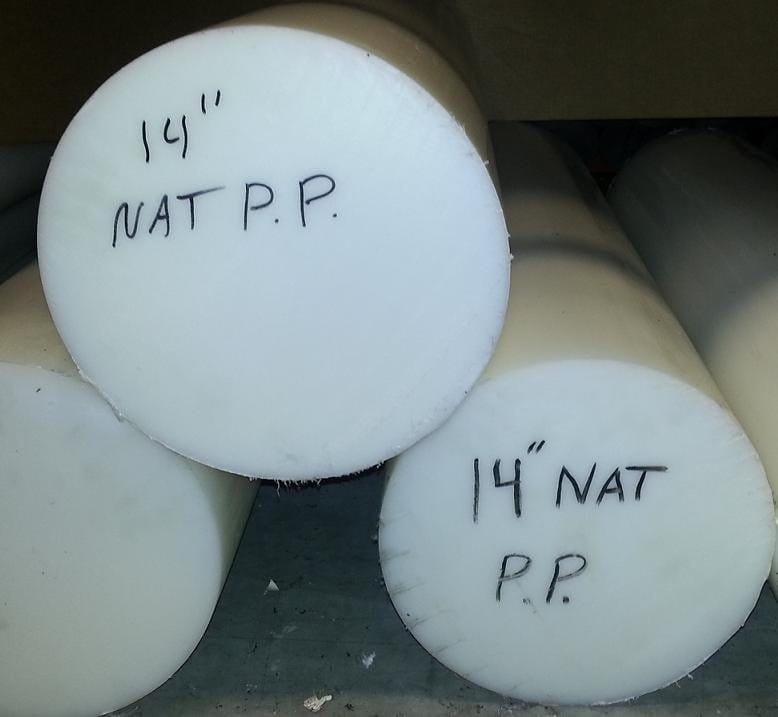IPS supplies a wide range of high-performance plastic materials. In our latest blog post, we’re highlighting one of the materials that we offer, PTFE. This fluoropolymer has extensive applications thanks to being incredibly chemical and temperature resistant, while still being exceptionally durable to regular wear and tear.
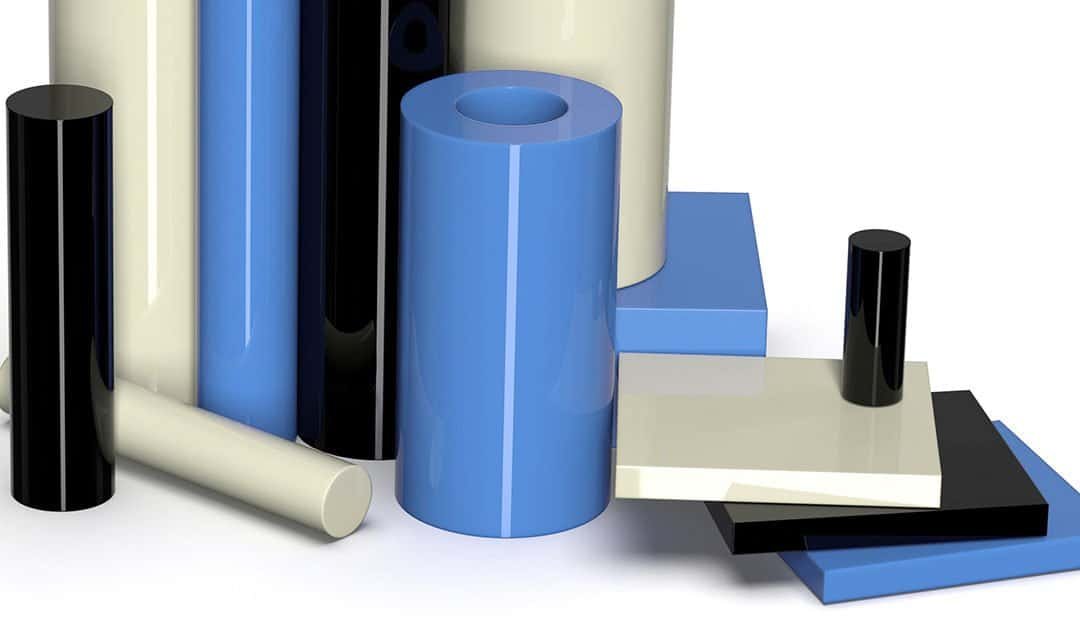
Home – Plastic Anaheim, CA
Our Common Plastic Materials
Industrial Plastic Supply has been an industry leader in Commercial Plastics, Mechanical Plastics, Industrial Plastic and Performance Plastic materials since 1975. We are not a plastic material broker. We are a full-line stocking distributor with most common performance plastic materials in stock and ready to ship. Some specialty or infrequently ordered materials may need to be special ordered.
Not sure what you need? We have the answers to all your plastic questions. Contact us.
We stock a complete line of plastic materials in basic shapes:
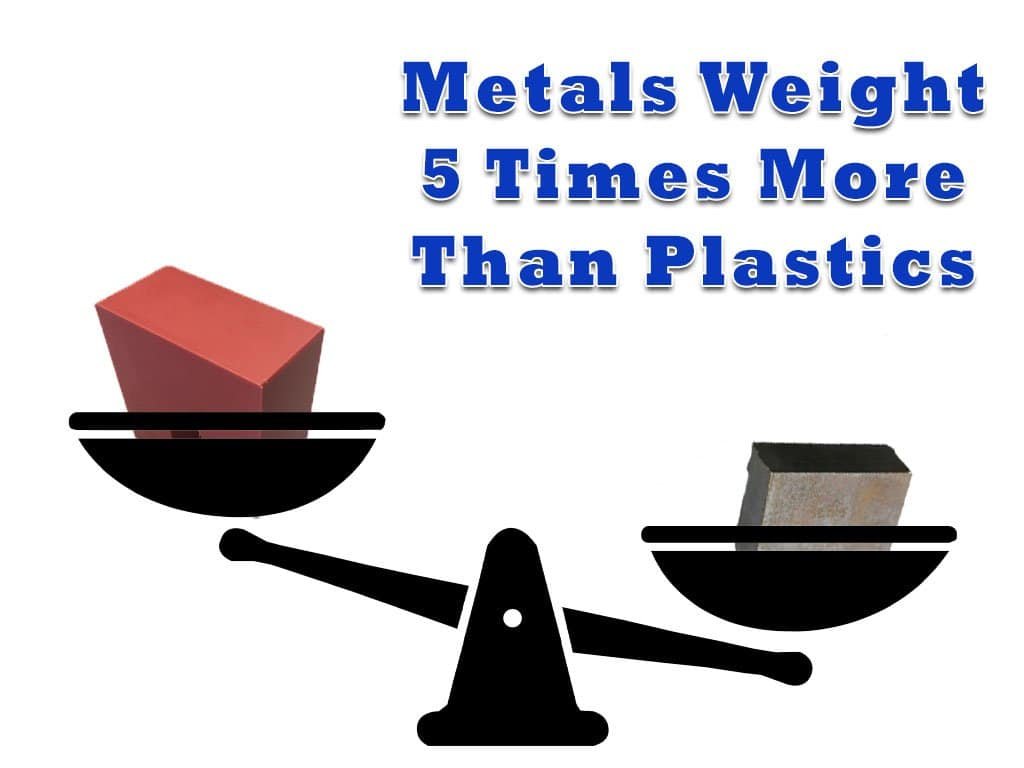
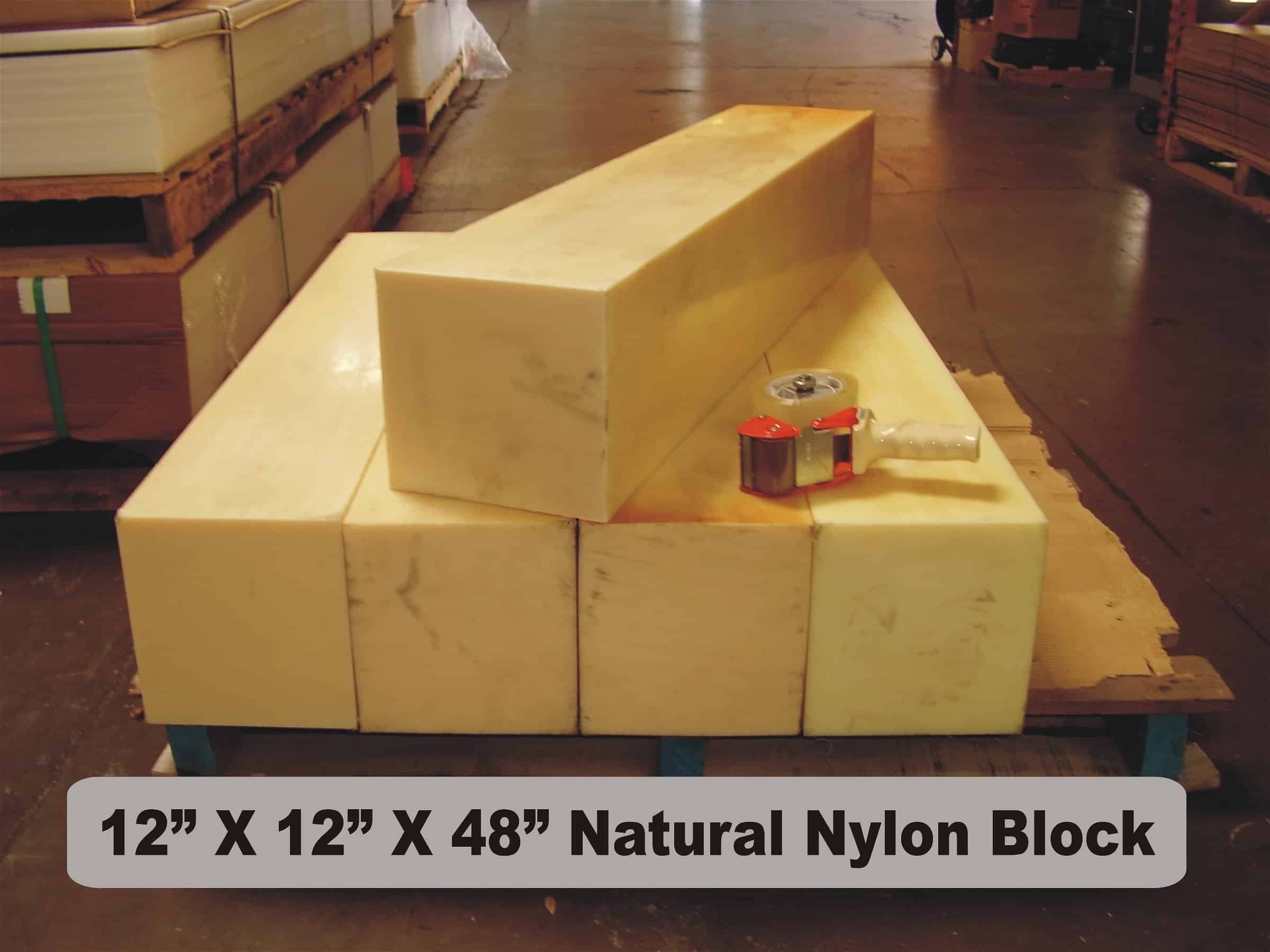
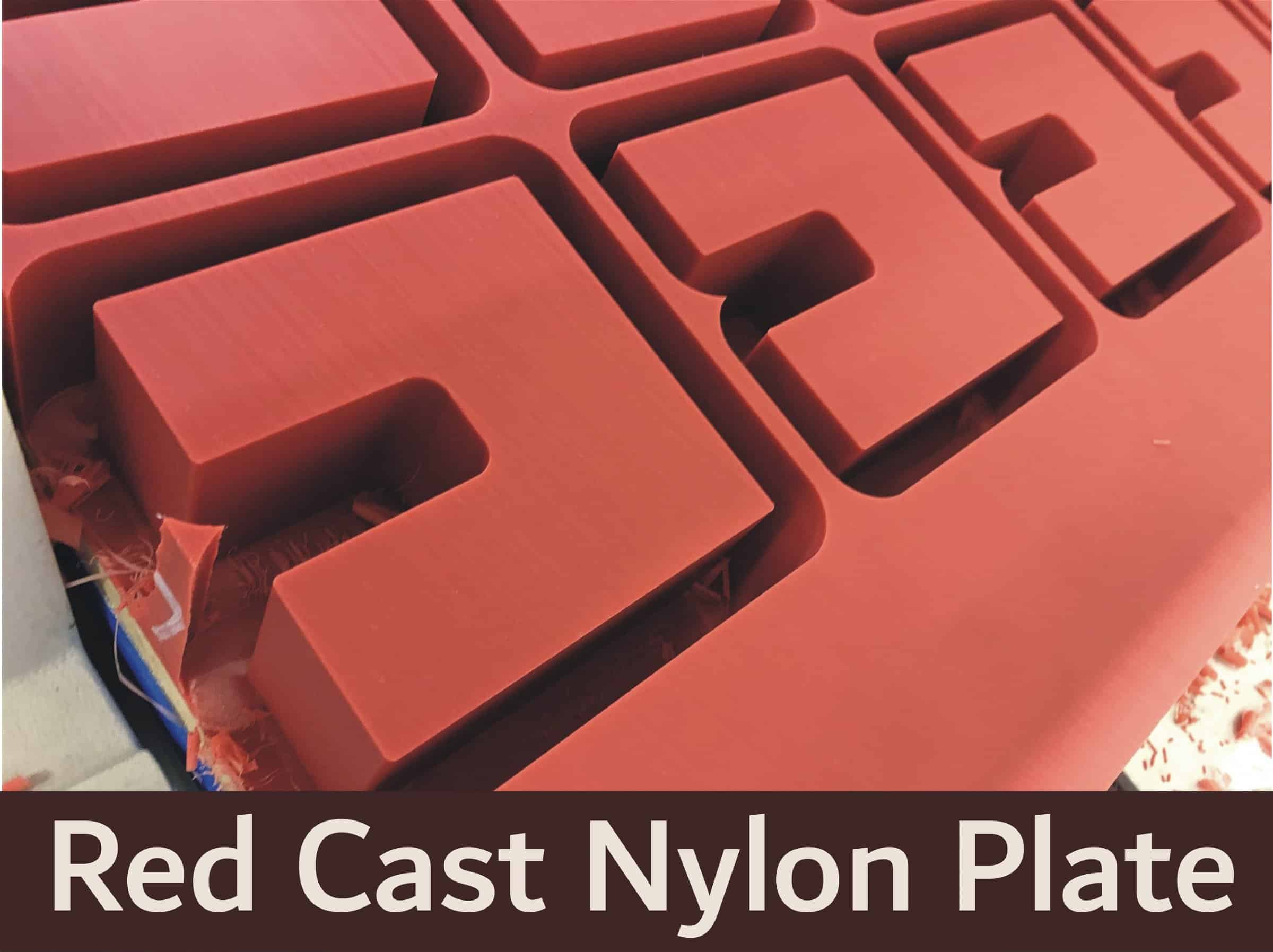
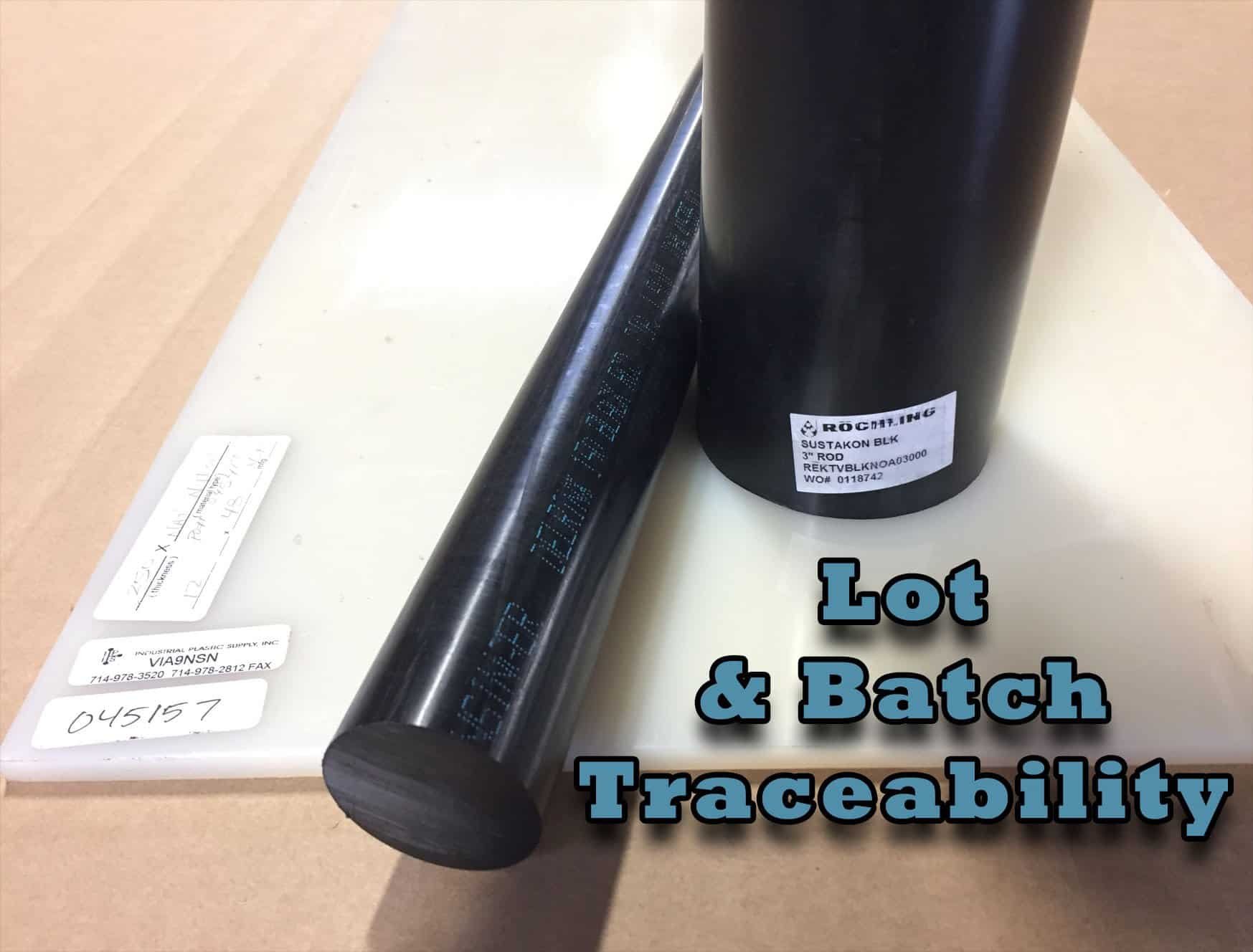
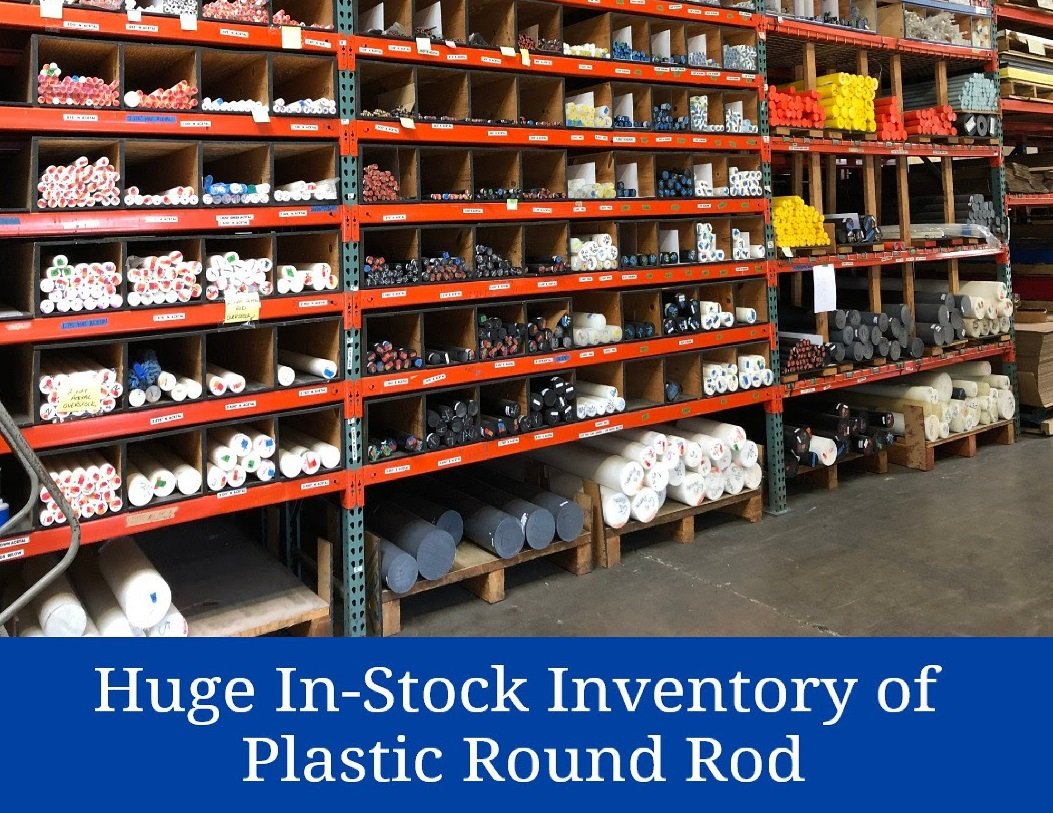

Plastic sheets and plates are available in over 80 different materials in a huge thickness range (from .125” – 6.0” or more in most materials).
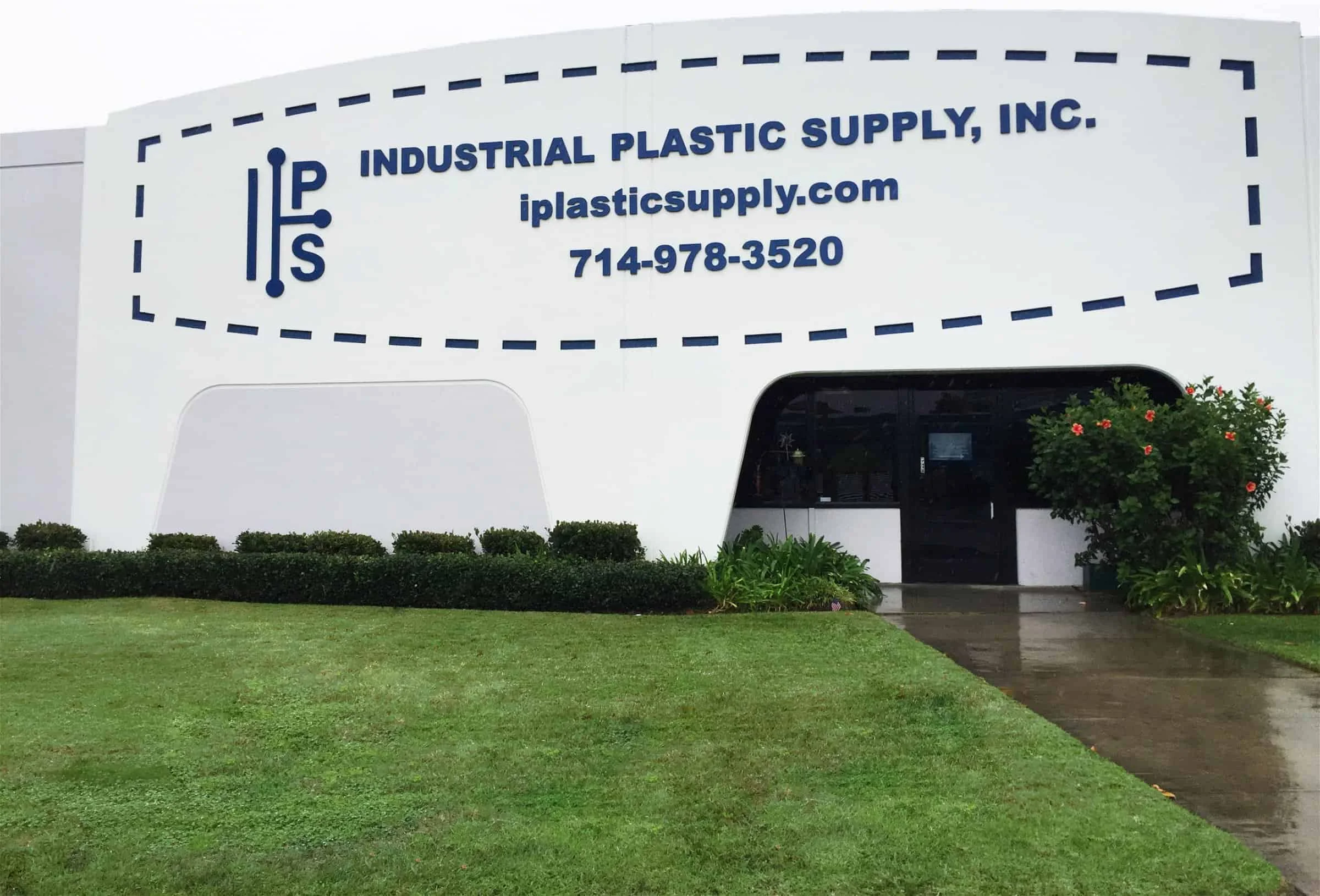
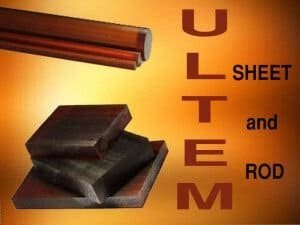
Our plastic rods and plastic profiles are also available in over 80 different plastic materials in a huge range of diameters (from .125”– 8.0” or more in most materials).
Your Trusted Business
Partner Since 1975
Industrial Plastic
Supply, Inc.
Supplying Only American
Made Performance Plastics
Reviews from some of our many satisfield clients



Plastic doesn’t pollute… People do!
Please reuse, reduce and recycle!
News About Plastics
Everything You Need to Know About PTFE
Quality NSF approved restaurant grade HDPE cutting boards
We provide a wide range of sizes, shapes and can include a waste cutout to match your needs. Our most popular cutting board materials are .500 (1/2″) and 1.00″ thick certified HDPE sheet material.
